
OR
Desperation everywhere, aid slow to reach Indonesia victims
Published On: October 2, 2018 11:45 AM NPT By: Associated Press
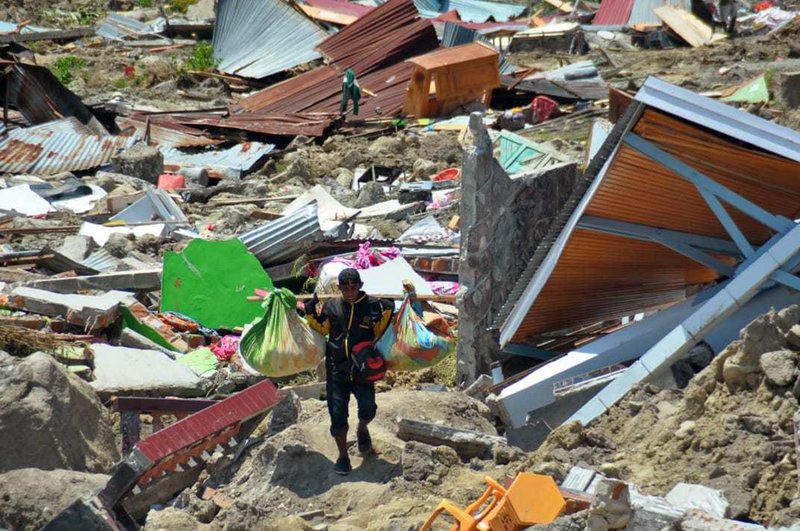
INDONESIA, Oct 2: Desperation exploded into anger Tuesday in the town closest to the epicenter of the massive earthquake and tsunami that hit parts of Sulawesi island four days ago, with residents begging Indonesia’s president to help them as hungry survivors crawled into stores and grabbed boxes of food.
“Pay attention to Donggala, Mr. Jokowi. Pay attention to Donggala,” yelled one resident in footage broadcast on local television, referring to President Joko “Jokowi” Widodo. “There are still a lot of unattended villages here.”
Most of the attention so far has focused on the biggest affected city, Palu, home to most of the more than 840 confirmed deaths, a number expected to rise as more areas are reached. Donggala and other outlying areas have received little assistance largely due to impassable roads.
Donggala’s administration head Kasman Lassa said residents should take only food staples from shops.
“Everyone is hungry and they want to eat after several days of not eating,” Lassa said. “We have anticipated it by providing food, rice, but it was not enough. There are many people here. So, on this issue, we cannot pressure them to hold much longer.”
Desperation was visible everywhere among victims receiving little aid. In Palu, a city of 380,000, signs propped along roads read “We Need Food” and “We Need Support,” while children begged for cash in the streets and long lines of cars snarled traffic as people waited for fuel.
Teams were searching for trapped survivors under destroyed homes and buildings, including a collapsed eight-story hotel in the city, but they needed more heavy equipment to clear the rubble.
Many people were believed trapped under shattered houses in Palu’s Balaroa neighborhood, where the earthquake caused the ground to heave up and down violently, said disaster agency spokesman Sutopo Purwo Nugroho.
“I and about 50 other people in Balaroa were able to save ourselves by riding on a mound of soil which was getting higher and higher,” resident Siti Hajat told MetroTV, adding her house was destroyed.
In the Petobo neighborhood, the quake caused loose, wet soil to liquefy, creating a thick, heavy mud that caused massive damage. “In Petobo, it is estimated that there are still hundreds of victims buried in mud,” Nugroho said.
Residents who found loved ones — alive and dead — over the weekend expressed frustration that it took rescue teams until Monday to reach Petobo.
The confirmed death toll is expected to rise as authorities reach cutoff areas. In addition to Donggala the regencies of Sigi and Parigi Moutong — with a combined population of 1.2 million — had yet to be fully assessed. The magnitude 7.5 earthquake struck at dusk Friday and generated a tsunami said to have been as high as 6 meters (nearly 20 feet) in places.
About 3,000 residents flocked to Palu’s airport Monday, trying to board military aircraft or one of the few commercial flights using the facility only partially operating due to damage. Video showed some of them screaming in anger because they were not able to get on a departing military plane.
“We have not eaten for three days!” one woman yelled. “We just want to be safe!”
Nearly 50,000 people have been displaced from their homes in Palu alone, Nugroho said, and hospitals were overwhelmed.
The Indonesian air force confirmed that a Hercules aircraft carrying an unspecified number of survivors was able to leave Palu for South Sulawesi’s capital of Makassar.
President Widodo authorized the acceptance of international help, Nugroho said, adding that generators, heavy equipment and tents were among the most-needed items. The European Union and 10 countries have offered assistance, including the United States, Australia and China, he said.
“We will send food today, as much as possible with several aircraft,” Widodo told reporters in the capital, Jakarta, adding that a supply of fuel was also set to arrive.
The coastline at Palu was strewn with rubble and a few brightly colored cargo containers poking out of the water. Buildings near the water were ruined shells. The arches of a large yellow bridge rested in the water and eerie drone footage showed a Ferris wheel, untouched, on a beach scraped bare by the waves.
Rescuers searching a collapsed building Monday night were able to remove 38-year-old Sapri Nusin alive from the rubble. He was talking to his rescuers as they took him away but his condition was not known.
In the Petobo neighborhood, Edi Setiawan said he and his neighbors rescued children and adults, including a pregnant woman. His sister and father, however, did not survive.
“My sister was found embracing her father,” he said. “My mother was able to survive after struggling against the mud and being rescued by villagers.”
Indonesia is frequently struck by earthquakes, volcanic eruptions and tsunamis because of its location on the “Ring of Fire,” an arc of volcanoes and fault lines in the Pacific Basin. A powerful quake on the island of Lombok killed 505 people in August, and two moderate quakes occurred near an eastern island on Tuesday.
The earthquakes 15 minutes apart reportedly damaged a bridge on the island of Sumba, but no tsunami warning was issued and no other damage was immediately reported. The temblors occurred nearly 1,600 kilometers (990 miles) south of Palu.
The vast archipelago is home to 260 million people on more than 17,000 islands that stretch a distance similar to that between New York and London. Roads and infrastructure are poor in many areas, making access difficult in the best of conditions.
You May Like This

Survivors of Indonesia's devastating earthquake grow desperate as death toll exceeds 1,200
PALU, Oct 2: Desperation exploded into anger Tuesday in the town closest to the epicenter of the massive earthquake and tsunami that... Read More...
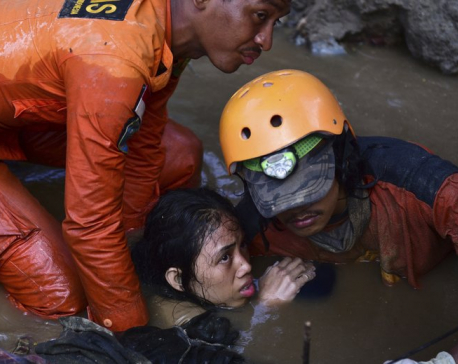
Burials begin in quake- and tsunami-hit Indonesian region
PALU, Oct 1: A mass burial of earthquake and tsunami victims was being prepared in a hard-hit city Monday as... Read More...
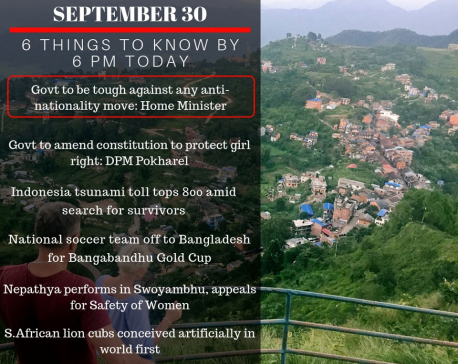
SEPT 30: 6 things to know by 6 PM today
Your daily dose of missed important news of the day. ... Read More...





Just In
- Fugitive arrested after 26 years
- Indian Potash Ltd secures contract to bring 30,000 tons of urea within 107 days
- CAN adds four players to squad for T20 series against West Indies 'A'
- ‘Precast' technology introduced in the construction of bridges along Muglin-Pokhara road
- Leopard attack injures young man in Kanchanpur
- SC rejects writ petition filed against Home Minister Lamichhane
- Nepal and China sign two agreements in the presence of Finance Minister Pun
- Pun released on bail in Supreme Cooperative fraud case












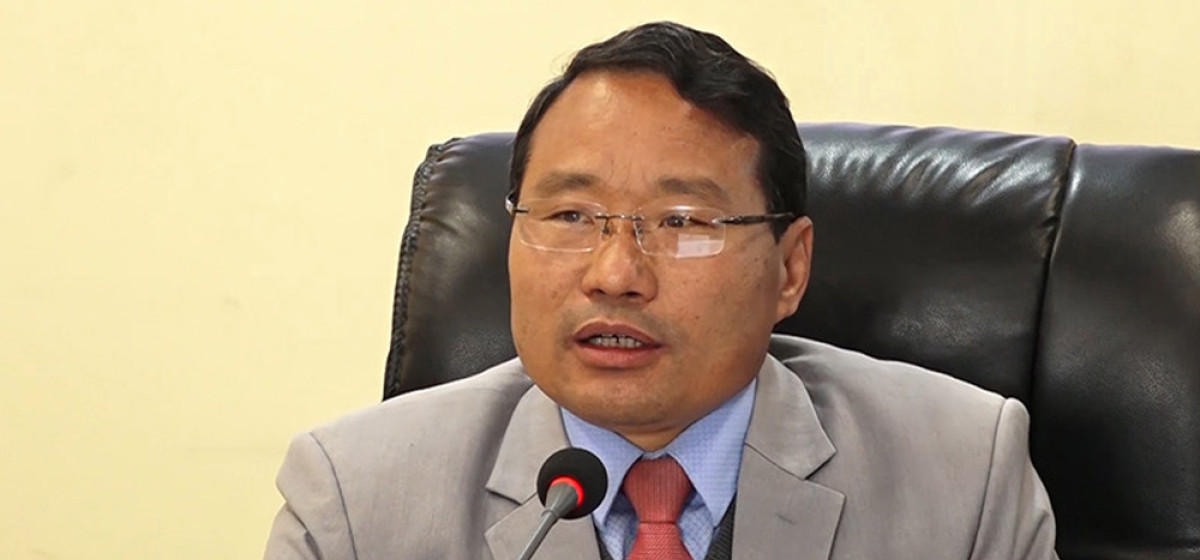
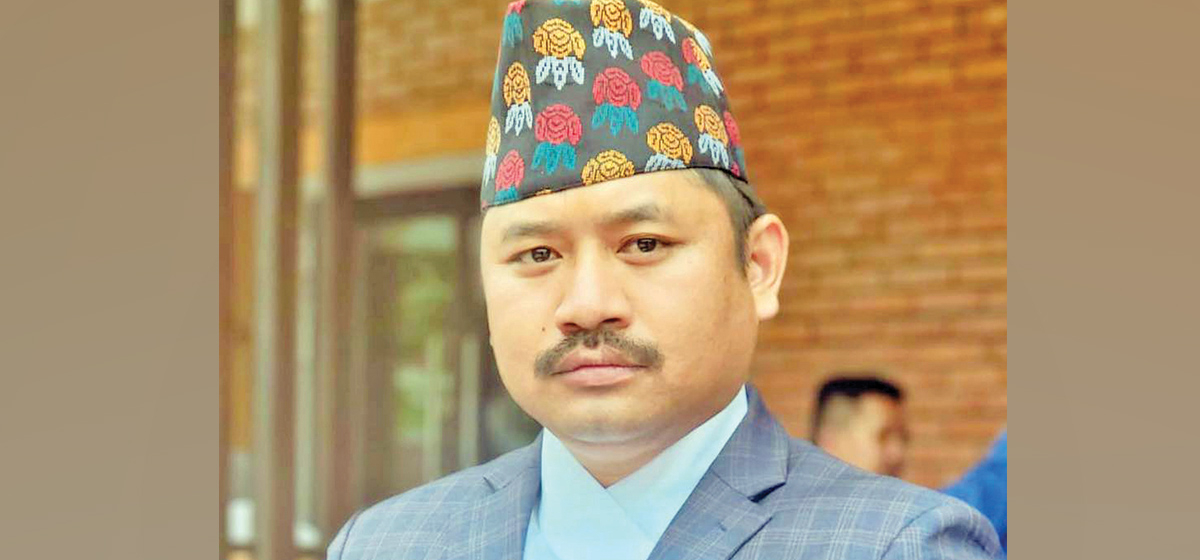
Leave A Comment